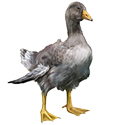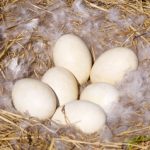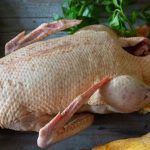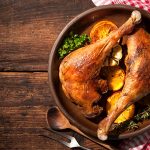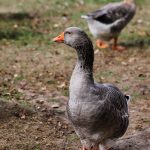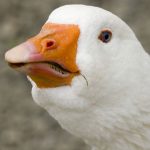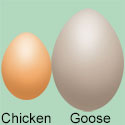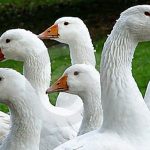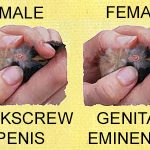
Male and female waterfowl of the same breed and variety are difficult to tell apart until they are several weeks old. Except for a few autosex breeds of geese, the only way to determine the gender of waterfowl hatchlings is by vent sexing. Happily that is not nearly as difficult as it is for chickens […]
Continue Reading
